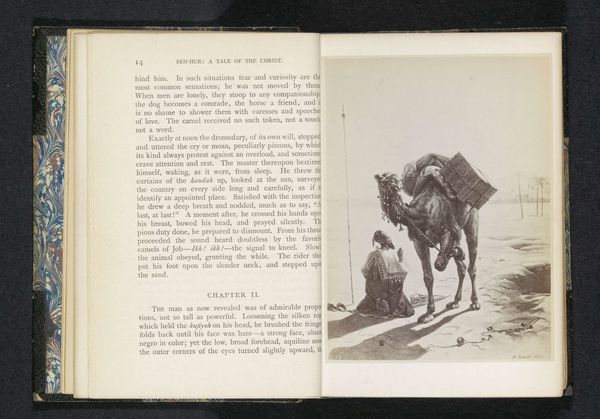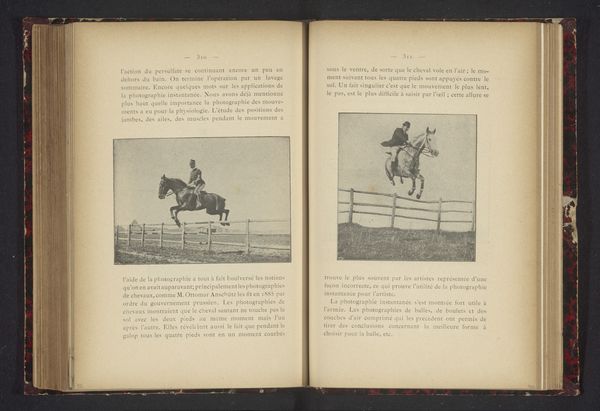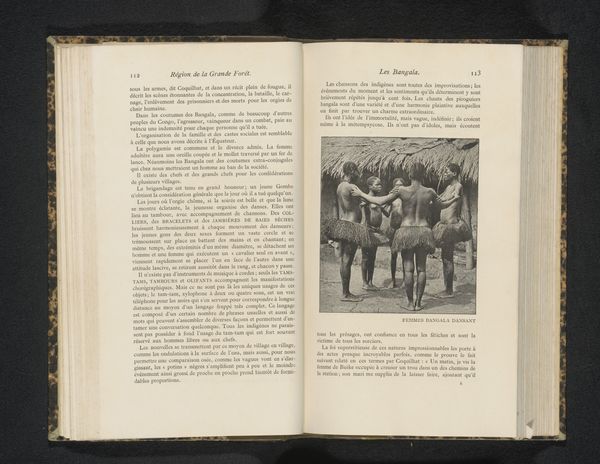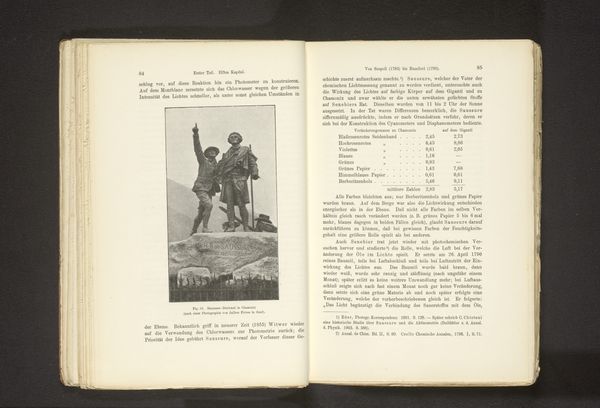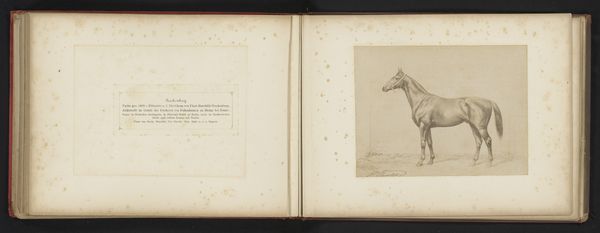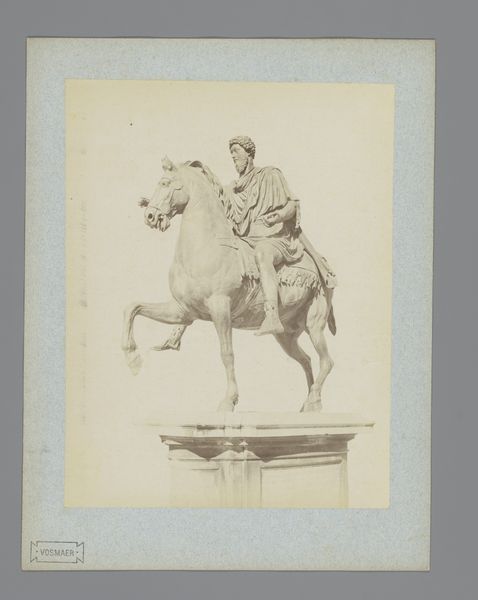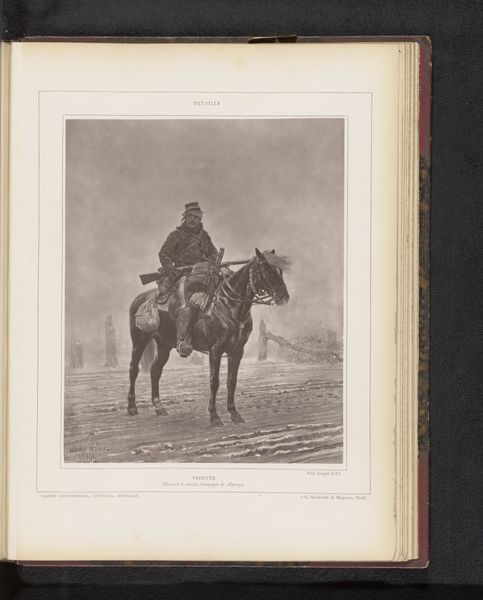
Ruiterstandbeeld van Marcus Aurelius op het Piazza del Campidoglio in Rome before 1860
0:00
0:00
print, bronze, photography, sculpture
#
portrait
# print
#
landscape
#
bronze
#
photography
#
romanesque
#
sculpture
#
paper medium
Dimensions: height 135 mm, width 97 mm
Copyright: Rijks Museum: Open Domain
This photograph captures the equestrian statue of Marcus Aurelius, a Roman emperor, atop the Capitoline Hill. Made of bronze, this monument bears the weight of history through its potent iconography. The horse, a symbol of power and nobility, elevates Marcus Aurelius, whose raised hand is a gesture of command and benediction. The act of horsemanship—controlling a powerful animal—became synonymous with leadership. This motif has echoed through the ages, from classical antiquity to the Renaissance. One can see it in the bronze equestrian statues erected by powerful leaders. Each reinvention of this image bears witness to mankind's continuous fascination with the power of authority. Consider the horse as a symbol, not merely of physical might, but also of the rider's psyche: the animalistic urges tamed and directed by reason. Such images tap into deep-seated, primal associations. They stir the collective memory, evoking a sense of awe and respect, emotions that, like echoes, reverberate through time. This symbol, reinvented across millennia, reveals our enduring desire for order, control, and the promise of enlightened leadership.
Comments
No comments
Be the first to comment and join the conversation on the ultimate creative platform.


